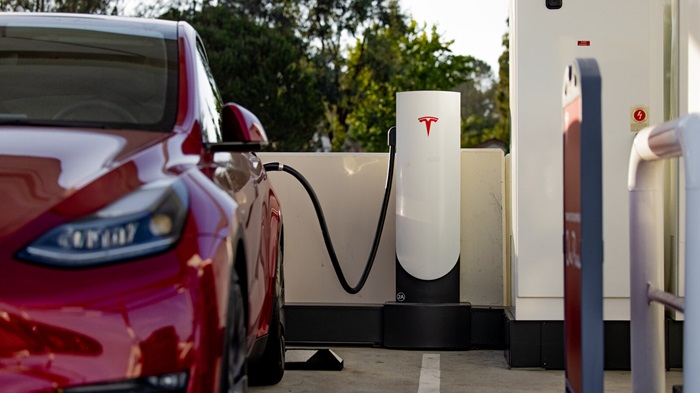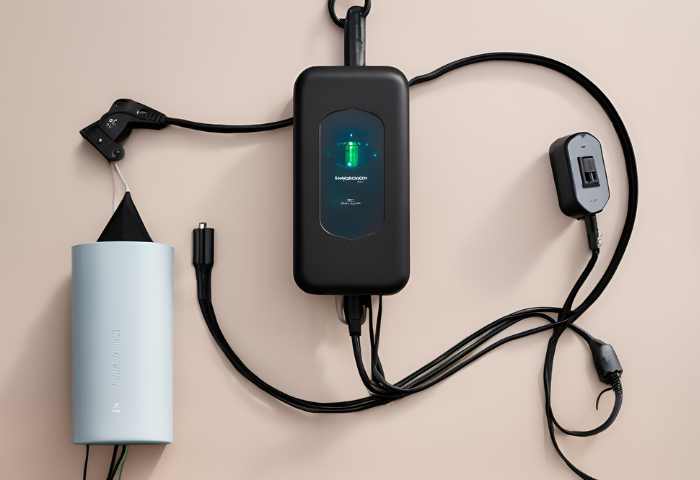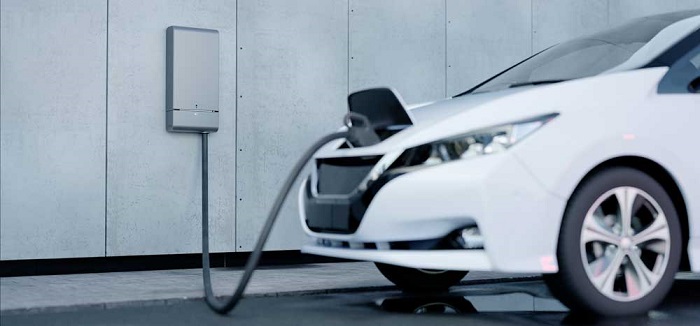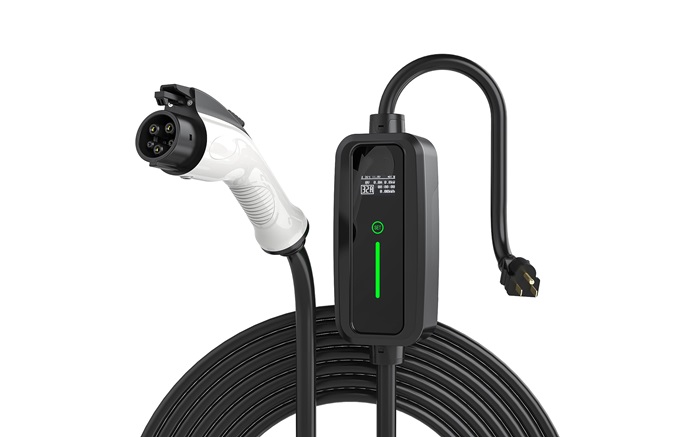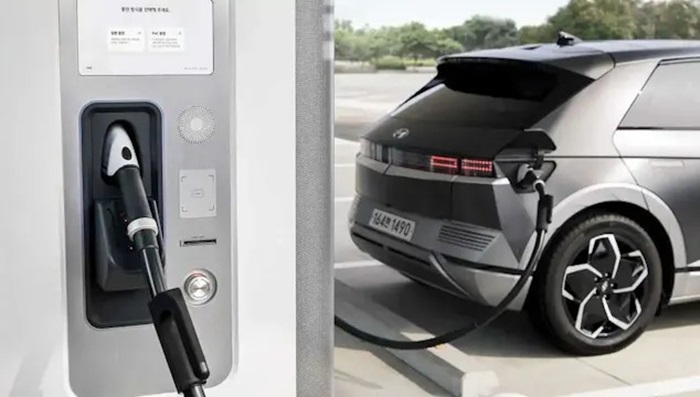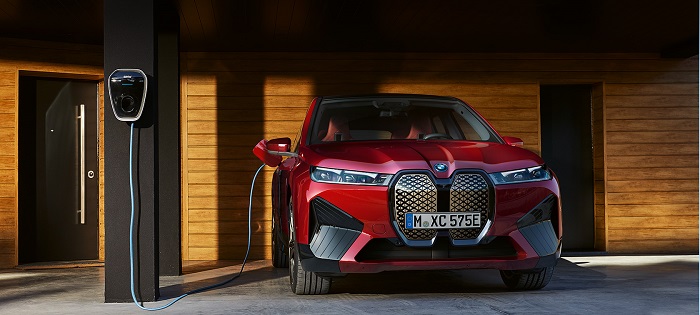Understanding Level 1 Wall Chargers: A Comprehensive Guide
In the realm of electric vehicles (EVs), Level 1 wall chargers play a pivotal role, offering a fundamental charging solution accessible to EV owners in their own homes. This guide aims to provide a thorough exploration of Level 1 wall chargers, unveiling their functionalities, benefits, and impact on the EV ownership experience.
Understanding Level 1 Wall Chargers
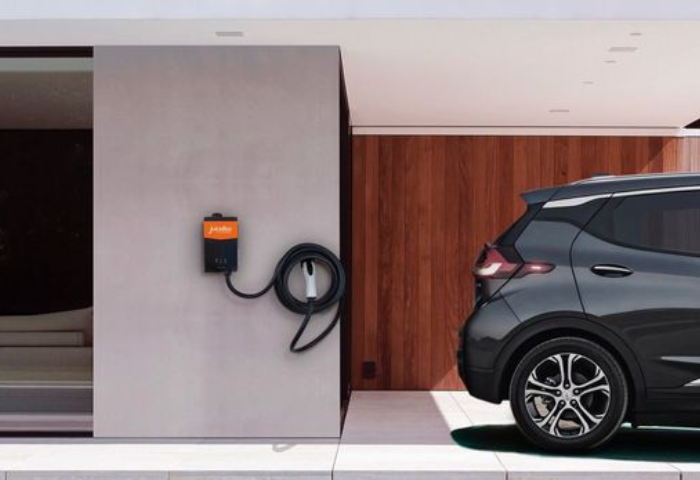
What is a Level 1 Wall Charger?
A Level 1 wall charger is a type of electric vehicle (EV) charging device that utilizes a standard household outlet, typically operating at 120 volts AC. It serves as a convenient and accessible charging solution for EV owners, allowing them to recharge their vehicles at home or any location with a compatible outlet.
To connect to your car, a Level 1 wall charger typically uses the J1772 connector, which is a standard connector found on most EVs. This connector features a secure locking mechanism and is designed to deliver power safely and efficiently from the charger to the vehicle’s onboard charging system.
In terms of charging speed and efficiency, Level 1 charging is slower compared to higher-level chargers such as Level 2 or DC fast chargers. The charging rate typically ranges from 2 to 5 miles of range per hour of charging, depending on factors such as the EV’s battery capacity and charging efficiency. While Level 1 charging may not be as fast as higher-level options, its simplicity and accessibility make it well-suited for overnight charging or regular daily use, especially for EV owners with shorter commutes or consistent access to charging facilities.
Compatibility with Electric Vehicles
Most electric vehicles (EVs) on the market today are indeed compatible with Level 1 charging. The Level 1 charging standard is widely adopted across various EV manufacturers, making it a universal and accessible charging option for EV owners.
However, to ensure compatibility with your specific EV model, it’s always a good idea to consult the owner’s manual or manufacturer’s specifications. These resources typically provide detailed information about the charging capabilities and requirements of your EV, including compatibility with different charging levels and connectors. By referring to the owner’s manual, you can confirm that your EV is indeed compatible with Level 1 charging and proceed with confidence in your charging setup.
2. Why Choose Level 1?
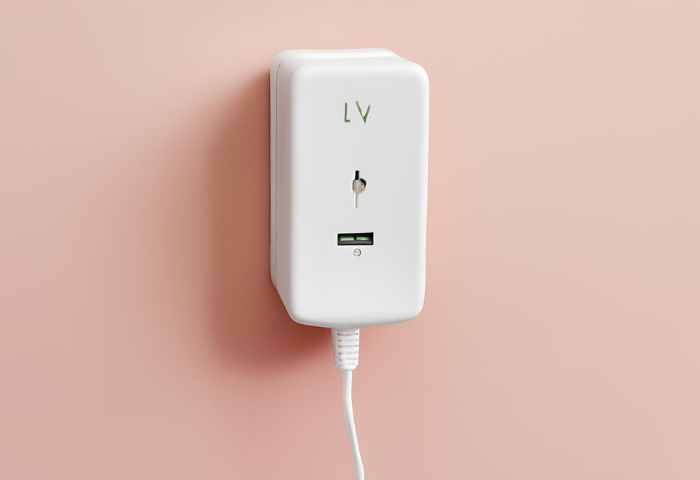
There are several compelling reasons to choose a Level 1 wall charger for your electric vehicle (EV):
Convenience of Charging at Home Overnight
Level 1 chargers offer the convenience of charging your EV at home overnight while you sleep. Simply plug your vehicle into a standard household outlet, and it will gradually replenish its battery throughout the night, ensuring it’s ready to go when you are in the morning.
Cost-effectiveness Compared to Other Charging Options
Level 1 charging is one of the most cost-effective charging options available for EV owners. Since it utilizes standard household outlets, there’s no need for expensive charging infrastructure or installation costs. This makes it an economical choice, especially for individuals on a budget or those who primarily charge their EV at home.
Entry-level Option for New EV Owners
For new EV owners who are just getting started with electric vehicle ownership, Level 1 charging serves as an entry-level option that provides the essential charging capability without the complexity or investment of higher-level chargers. It’s a straightforward and user-friendly solution that allows new EV owners to experience the convenience of electric driving without any hassle.
Installation and Use
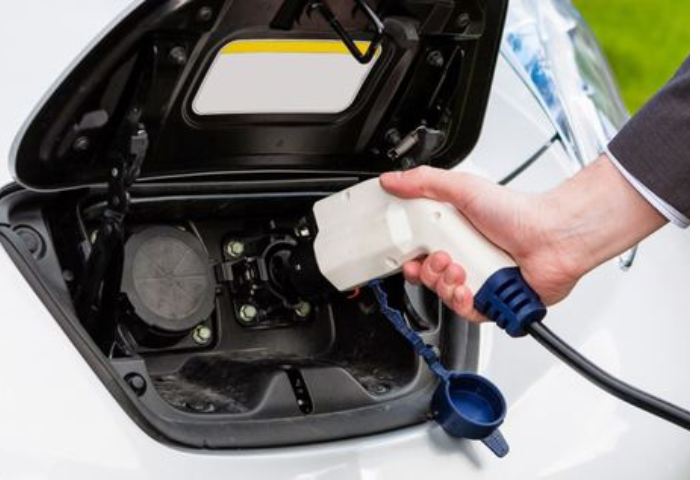
How to Install a Level 1 Wall Charger?
Installing a Level 1 wall charger is a relatively straightforward process, but it’s crucial to prioritize safety and ensure optimal performance. Professional installation by a qualified electrician is highly recommended to guarantee that the charger is installed correctly and in compliance with electrical codes and regulations.
Professional installation is essential for several reasons:
Safety: Working with electrical systems can be hazardous, and improper installation of a Level 1 wall charger could lead to electrical hazards such as shocks, fires, or damage to your vehicle. A qualified electrician has the expertise and knowledge to safely install the charger and ensure that it meets all safety requirements.
Optimal Performance: Professional installation ensures that the Level 1 wall charger operates at its full potential, delivering reliable and efficient charging for your electric vehicle. An electrician can assess your electrical system to ensure it can support the charger’s power requirements and make any necessary upgrades or modifications.
When considering installation, here are some simplified overview of installation considerations:
Location: Choose a suitable location for the Level 1 wall charger near a standard household outlet. Ensure that the location allows for easy access to your vehicle and provides adequate ventilation.
Electrical Requirements: Verify that your electrical system can support the Level 1 wall charger’s power requirements. The charger typically operates on a standard 120-volt circuit, but it’s essential to confirm that the circuit can handle the charger’s amperage and that it’s not overloaded with other appliances.
Outlet Installation: If a suitable outlet is not available near your desired charging location, the electrician may need to install a new outlet or upgrade an existing one to ensure compatibility with the Level 1 wall charger.
How to Use a Level 1 Wall Charger?
Here’s a clear set of instructions for using a Level 1 wall charger, along with a table for estimating charging time based on battery capacity:
Safe Connection of the Charger to Your Car:
Step 1: Park your electric vehicle (EV) within reach of the Level 1 wall charger.
Step 2: Ensure that the EV is turned off and that the charging port is accessible.
Step 3: Take the Level 1 charging cable and securely plug the connector into the charging port on your EV. Ensure that the connector clicks into place, indicating a secure connection.
Step 4: Once the connector is securely plugged in, you may hear a click or see a light on the charger indicating that charging has commenced.
Estimating Charging Time Based on Battery Capacity:
Step 1: Determine your EV’s battery capacity, typically measured in kilowatt-hours (kWh). This information can usually be found in your EV’s owner’s manual or specifications.
Step 2: Refer to the charging rate of your Level 1 wall charger, which is typically around 1.44 kilowatts (kW) for standard Level 1 charging.
Step 3: Use the following formula to estimate charging time: Charging Time (hours) = Battery Capacity (kWh) / Charging Rate (kW).
Step 4: For example, if your EV has a battery capacity of 40 kWh and the Level 1 charger provides a charging rate of 1.44 kW, the estimated charging time would be approximately 27.78 hours (40 kWh / 1.44 kW = 27.78 hours).
| Battery Capacity (kWh) | Charging Rate (kW) | Estimated Charging Time (hours) |
| 20 | 1.44 | 13.89 |
| 30 | 1.44 | 20.83 |
| 40 | 1.44 | 27.78 |
| 50 | 1.44 | 34.72 |
Remember to always refer to your EV’s owner’s manual for specific charging recommendations and guidelines, and ensure that your Level 1 wall charger is compatible with your vehicle.
Maximizing Efficiency

Utilize Off-Peak Electricity Rates (if applicable)
Many utility providers offer off-peak electricity rates during certain hours of the day or night when overall demand is lower. Take advantage of these lower rates by scheduling your charging sessions to coincide with off-peak hours. This can help you save money on your electricity bill while still ensuring that your EV is fully charged when you need it.
Maintain Proper Ventilation Around the Charger During Use
While Level 1 wall chargers are designed to operate safely, it’s still essential to ensure proper ventilation around the charger during use. Avoid covering the charger or placing objects directly in front of or behind it, as this can restrict airflow and lead to overheating. Additionally, make sure that the area around the charger is free from flammable materials and other hazards.
Consider Using a Timer or Smart Charging App
To take advantage of off-peak electricity rates, consider using a timer or smart charging app to schedule your charging sessions accordingly. These tools allow you to program your Level 1 wall charger to start and stop charging at specific times, ensuring that your EV is fully charged when you need it while minimizing electricity costs.
Monitor Charging Progress and Adjust as Needed
Keep an eye on your EV’s charging progress to ensure that it’s charging at the expected rate and that there are no issues or errors. If you notice any abnormalities, such as slower-than-usual charging or overheating, stop charging immediately and investigate the cause. It’s essential to address any issues promptly to prevent damage to your EV or charger.
Plan Ahead for Longer Charging Times
Due to the slower charging rate of Level 1 chargers compared to higher-level options, it’s essential to plan ahead for longer charging times, especially if you have a larger battery capacity or need to charge your EV from a low state of charge. Consider charging overnight or during periods when you won’t need to use your vehicle for an extended period to ensure that it’s fully charged when you need it.
Beyond the Basics (Optional)
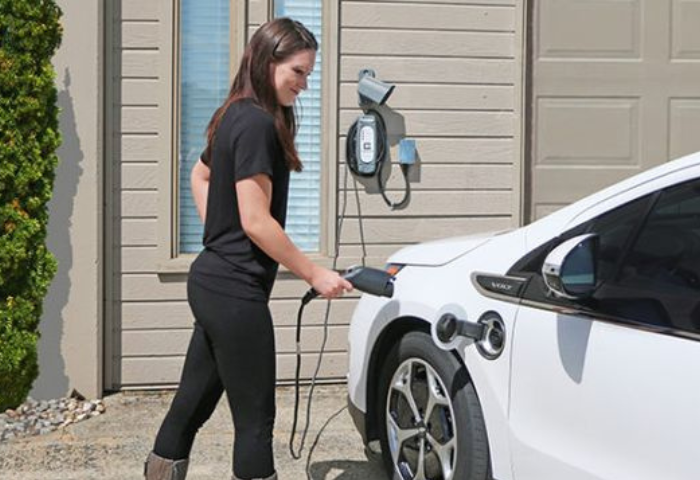
Benefits of Using a Level 1 Wall Charger
Level 1 wall chargers offer several key benefits, including:
Convenience: Level 1 charging provides the convenience of charging your electric vehicle (EV) at home using a standard household outlet. This means you can charge your EV overnight while you sleep, ensuring it’s ready to go when you need it without having to make a special trip to a charging station.
Cost-effectiveness: Level 1 charging is one of the most cost-effective charging options available for EV owners. Since it utilizes standard household outlets, there’s no need for expensive charging infrastructure or installation costs. This makes it an economical choice, especially for individuals on a budget or those who primarily charge their EV at home.
Common Issues and Troubleshooting with Level 1 Wall Chargers
While Level 1 wall chargers are generally reliable, there are a few common issues that users may encounter, including slow charging or overheating. If you experience any problems with your Level 1 wall charger, it’s essential to address them promptly to ensure safe and efficient charging for your electric vehicle (EV).
Potential Issues
Slow Charging: If your EV is charging more slowly than usual, it could indicate issues with the electrical outlet, charging cable, or EV’s onboard charging system.
Overheating: Overheating can occur if the charger is not properly ventilated or if there are problems with the electrical wiring or components. Overheating can pose a safety hazard and may damage the charger or EV if not addressed promptly.
Troubleshooting
If you encounter any issues with your Level 1 wall charger, it’s recommended to consult a qualified electrician for troubleshooting and repairs. Attempting to fix electrical equipment yourself can be dangerous and may void warranties or cause further damage.
Disclaimer
It’s important to note that DIY repairs for electrical equipment, including Level 1 wall chargers, are not recommended. Only qualified professionals should work with electrical systems because it can be dangerous. Attempting to repair or modify electrical equipment without the necessary expertise and training can result in injury, damage to property, or even death.
In conclusion, this comprehensive guide has shed light on the intricacies of Level 1 wall chargers, providing valuable insights into their functionalities, benefits, and integration into the electric vehicle ownership experience. Despite their slower charging speeds, Level 1 chargers offer undeniable advantages, including cost-effectiveness, versatility, and ease of use.
With this knowledge at your disposal, you’re well-equipped to leverage the convenience and accessibility of Level 1 wall chargers, contributing to a more sustainable future of transportation. Take charge of your electric vehicle journey and embrace the possibilities that Level 1 charging has to offer.

Henry Michael is a leading expert in EV charging station research, specializing in innovative solutions for electric vehicle infrastructure. With a passion for sustainability and technological advancement, he is dedicated to advancing the accessibility and efficiency of EV charging worldwide.

